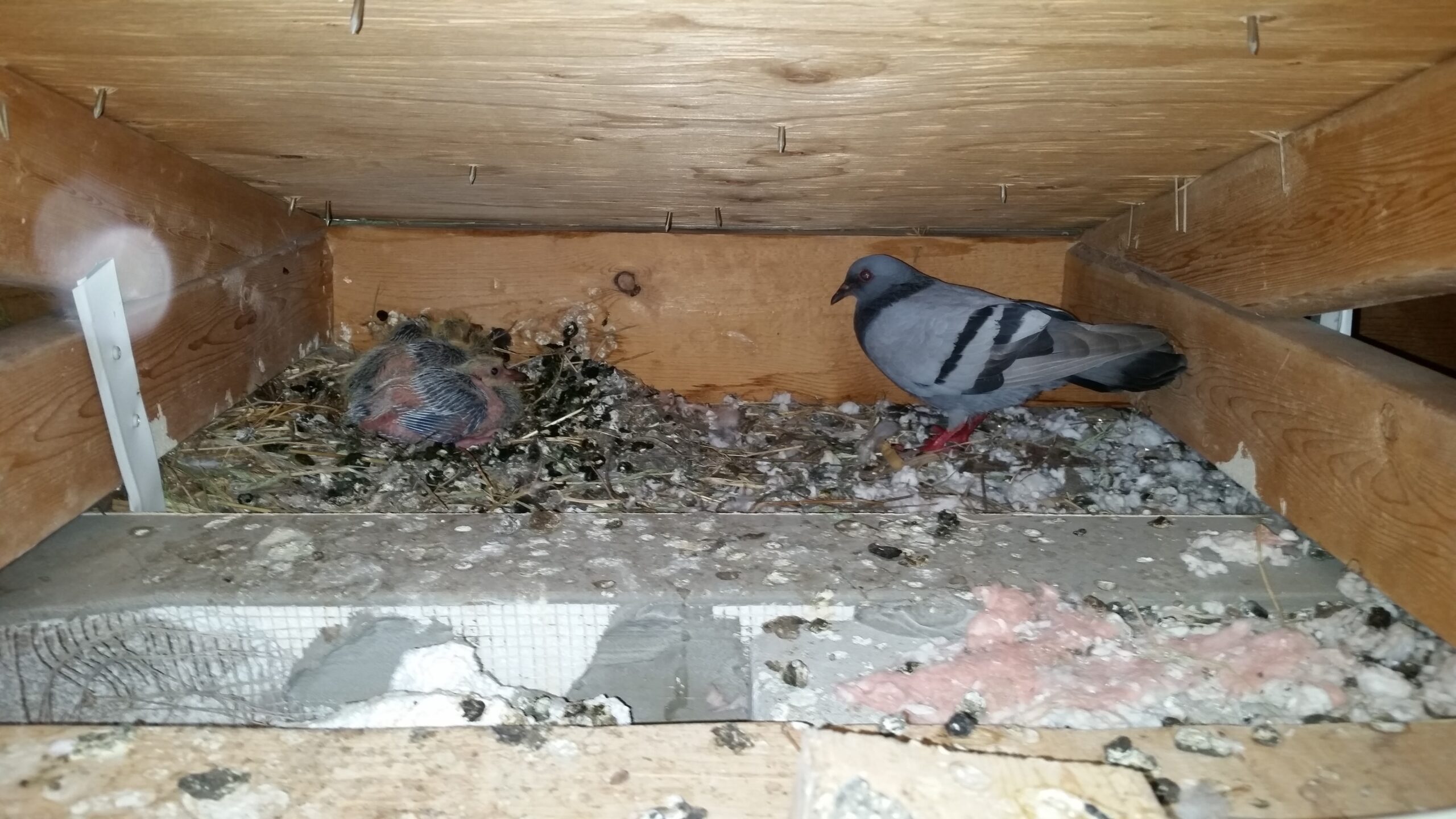In the fall, many bird species migrate south and return to the north in the spring. Other species stay where they are throughout the entire year. When do birds lay eggs, then? In either case, birds typically lay eggs in the spring because the eggs need warmth to incubate and the baby birds can’t survive in cold weather either.
How many eggs do birds lay? That’s a more complicated question to answer because it depends on several different factors. The rate of egg-laying is fairly standard across bird species: Most birds usually lay at least one egg per day. What varies is the length of the egg-laying period. The more days it lasts, the more eggs a bird will probably lay.
1. Food Supply
The quantity and quality of food that a bird has access to makes a difference to the size of its clutch, i.e., how many eggs it lays per nesting attempt. If the bird has access to food of high quality, or if the food is lower quality but there is a lot of it, it is likely to lay more eggs. When food is scarce, birds need to conserve their resources and thus are likely to lay fewer eggs.
2. Time of Year
Individual birds sometimes have difficulty finding a suitable mate. It may be late in the breeding season when the bird finds a mate, and if this is the case, the clutch size is likely to be smaller. If the bird laid its eggs on time but lost them to a predator, it may lay another clutch later in the season, likely with fewer eggs.
3. Species
The size of the clutch that each bird lays per year depends partly on its species. Some bird species are predisposed to larger clutch sizes and some smaller. There may be a wide variety of factors that come into play here, but they all link back to the bird’s species.
4. Indeterminate Versus Determinate Egg-Layers
Among different bird species, there are two types of egg-layers: indeterminate and determinate. Indeterminate egg-layers have a predictable clutch size; in many cases, this is around three or four. If something happens to one or more of the eggs, e.g., a predator takes it away, an indeterminate egg-layer can lay a new egg to replace the one that is missing. Conversely, a brood parasite may come along and lay eggs in the indeterminate egg-layer’s nest. Once the number of eggs in the nest has reached the expected clutch size, the indeterminate egg layer will not produce any more eggs, even if some of the eggs in the nest are not hers.
On the other hand, a determinate egg-layer has a set number of eggs that she can lay during every nesting attempt. She will lay that number of eggs regardless if there are other eggs in the nest from a brood parasite. Conversely, a determinate egg-layer cannot produce more eggs to replace any that become lost to predation.
5. Age and Health of the Female Bird
Producing eggs requires a lot of energy. A bird that is older or in poor health may not be able to expend the energy required. As a result, the clutch size may be smaller compared to a bird of the same species that are younger or in better health.
6. Population Density
When the population of the species in the area is high, such as when the bird’s nest in colonies, each female is likely to produce a smaller clutch.
Milwaukee Wildlife Control for Nuisance Bird Species
Skedaddle Humane Wildlife Control offers resources for homeowners answering concerns such as how to prevent birds from nesting in Milwaukee. We also provide removal services for birds and other creatures. Find out more about how we can help with wildlife that is causing a problem on your property.




